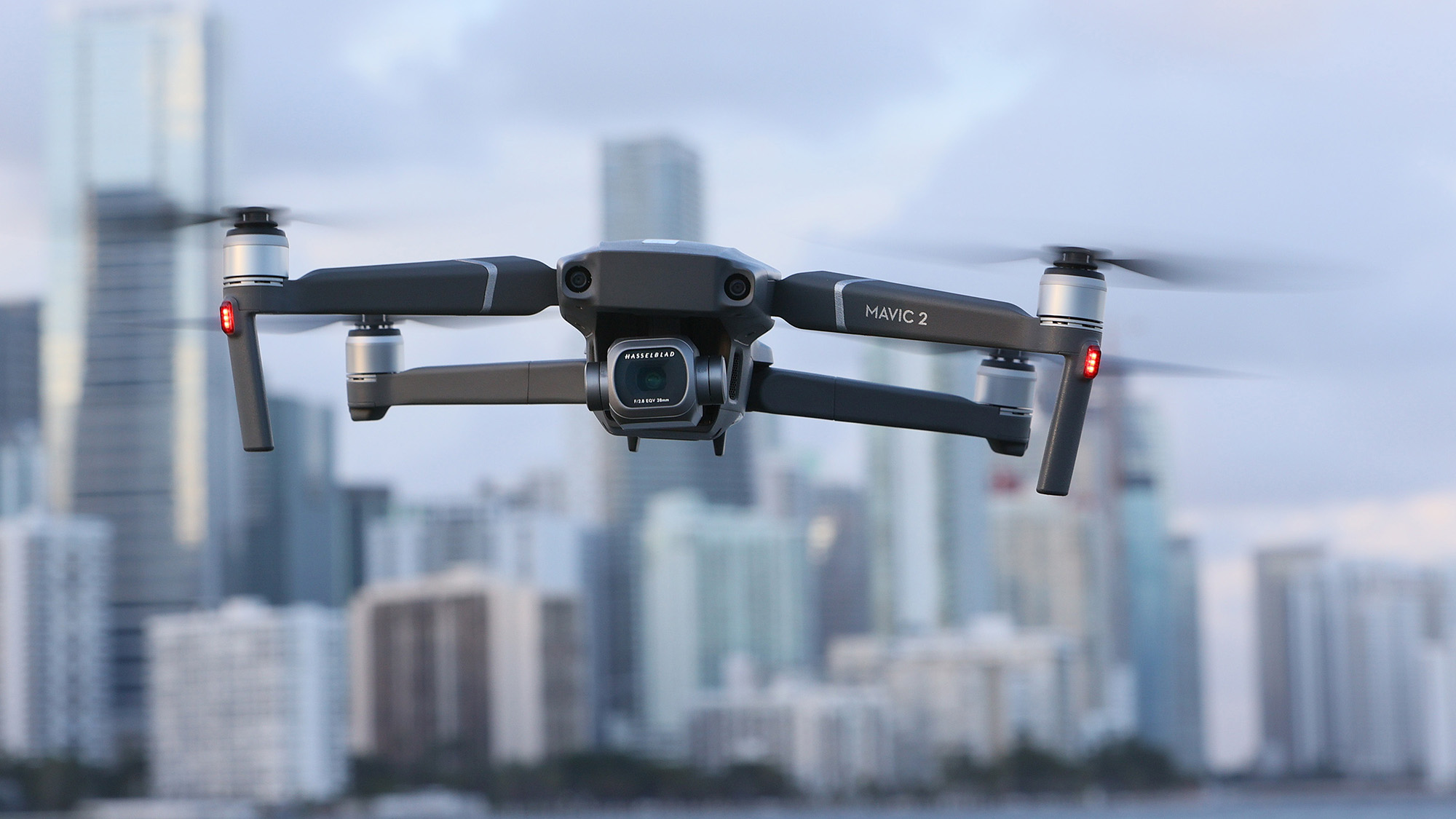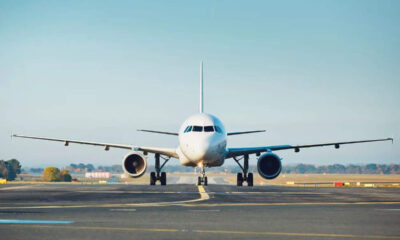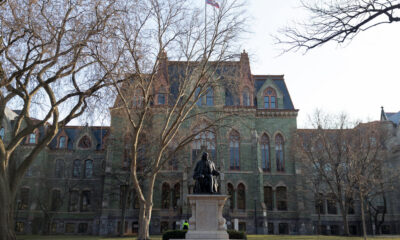Gadgets
New DJI drone policy could fuel even more conspiracy theories

This week, DJI, the leading drone manufacturer globally, made an announcement about a new policy that removes the enforcement of its “No Fly Zone” geofences in restricted areas. This sudden change may result in more drones flying where they shouldn’t, potentially adding to the existing national concern about objects in the sky.
DJI, a China-based drone company, has decided to no longer enforce geofence barriers that prevent its drones from flying over restricted locations such as airports, wildfires, and government buildings. While the company states that these adjustments aim to empower its users, they are occurring amidst a rise in drone sightings near critical infrastructure, sparking fears and fueling conspiracy theories. DJI’s decision means that operators will have one less obstacle preventing them from flying into risky areas, potentially prolonging the issue of drones causing damage.
DJI won’t stop drones from flying over hospitals and wildfires
In 2015, DJI caused alarm when a drone operator crash-landed a Phantom FC40 drone on the White House lawn. In response to this incident, DJI implemented geofenced “No Fly Zones” around hospitals, government buildings, and other critical locations. Under these changes, DJI drones were prohibited from taking off in restricted zones and would automatically decelerate and hover if near those areas. These voluntary restrictions were meant to prevent users from accidentally flying into sensitive zones where they could disrupt crucial services.
[ Related: Civilian drone grounds LA firefighting plane ]
However, DJI is now shifting away from these geofenced No Fly Zones and introducing “enhanced warning zones” maintained by the Federal Aviation Administration (FAA). Users of DJI Fly and Pilot apps will receive in-app alerts if approaching FAA-designated controlled airspace, with the option to ignore these alerts. This change puts the responsibility on operators to decide whether to avoid certain areas.
DJI justifies the removal of geofences by stating that it wants to give more control to operators and align its policies with the principle of the operator bearing final responsibility. The company argues that the regulatory landscape in the US and EU has evolved, making controlled airspace boundaries clearer. DJI claims that these changes support responsible flight practices and reflect the global aviation regulators’ stance on operator compliance.
In a statement to The Verge, DJI defended the update, emphasizing the operator’s responsibility to comply with rules. The FAA clarified to Popular Science that they do not mandate geofencing by drone manufacturers, as individual operators are required to obtain airspace authorization and adhere to regulations.
“Generally speaking, it is legal to fly a drone in most locations under 400 feet, but operators must follow rules such as passing pilot safety tests, maintaining visual contact with the drone, avoiding other aircraft, ensuring no hazard to people or property, and steering clear of restricted airspace,” the FAA stated.
Geofence removals could further stoke drone panic
By allowing users to determine where drones can operate, DJI may be absolving itself of blame or responsibility if its products end up in unauthorized locations. However, this change could also increase the likelihood of such incidents occurring more frequently. Recent reports from various agencies highlighted over 5,000 alleged drone sightings in a short period, contributing to a widespread belief in UFO sightings fueled by social media. Some of these sightings likely involved commercial planes, satellites, or planets mistaken for unidentified aerial phenomena (UAPs). Despite these misconceptions, hobbyist drones have undoubtedly entered restricted airspace, prompting the FAA to temporarily restrict drone flights over 51 utility sites in New Jersey and New York due to concerns about laser interference.
Critics, including former DJI executive Brendan Schulman, have raised concerns about the removal of geofences. Schulman emphasized the safety benefits of automatic drone geofencing over the years and warned about potential risks, especially for drone pilots less familiar with airspace restrictions.
Less than a week after a DJI drone reportedly collided with a firefighting aircraft in Los Angeles, forcing the plane to land amid ongoing fires, DJI decided to remove its mandatory geofences. The FBI, currently investigating the collision, indicated to CBS News that the drone violated temporary FAA flight restrictions.
Incidents like this have occurred before. Last year, first responders rushing to help hurricane survivors encountered an increase in civilian drones operating in restricted airspace. Some of these unauthorized drones were reportedly involved in near-miss incidents in the air.
Any rise in DJI drones operating in restricted airspace could worsen its reputation among US regulators and lawmakers. There are concerns that DJI products could be utilized for foreign espionage. The Department of Homeland Security has already imposed import restrictions that prevented DJI from selling its latest Air 3S model in the US. Additionally, the US Commerce Secretary is contemplating new rules to limit the sale of Chinese-made drones in the country. The final decision rests with incoming president Donald Trump, who has expressed worries about security risks associated with drones from China and Russia.
As the leading drone manufacturer globally, DJI is in the spotlight of the US government, and these geofence modifications may attract even more unwanted attention.
-

 Destination9 months ago
Destination9 months agoSingapore Airlines CEO set to join board of Air India, BA News, BA
-

 Breaking News10 months ago
Breaking News10 months agoCroatia to reintroduce compulsory military draft as regional tensions soar
-

 Gadgets4 months ago
Gadgets4 months agoSupernatural Season 16 Revival News, Cast, Plot and Release Date
-

 Tech News1 year ago
Tech News1 year agoBangladeshi police agents accused of selling citizens’ personal information on Telegram
-

 Productivity12 months ago
Productivity12 months agoHow Your Contact Center Can Become A Customer Engagement Center
-

 Gadgets1 month ago
Gadgets1 month agoFallout Season 2 Potential Release Date, Cast, Plot and News
-

 Breaking News10 months ago
Breaking News10 months agoBangladesh crisis: Refaat Ahmed sworn in as Bangladesh’s new chief justice
-

 Toys12 months ago
Toys12 months ago15 of the Best Trike & Tricycles Mums Recommend























